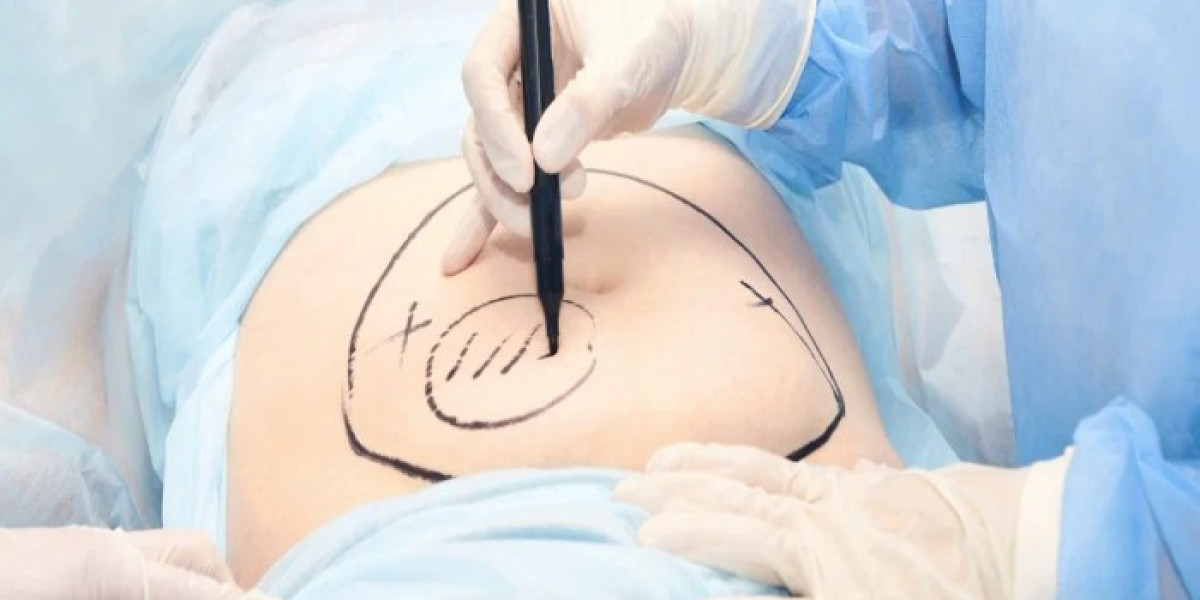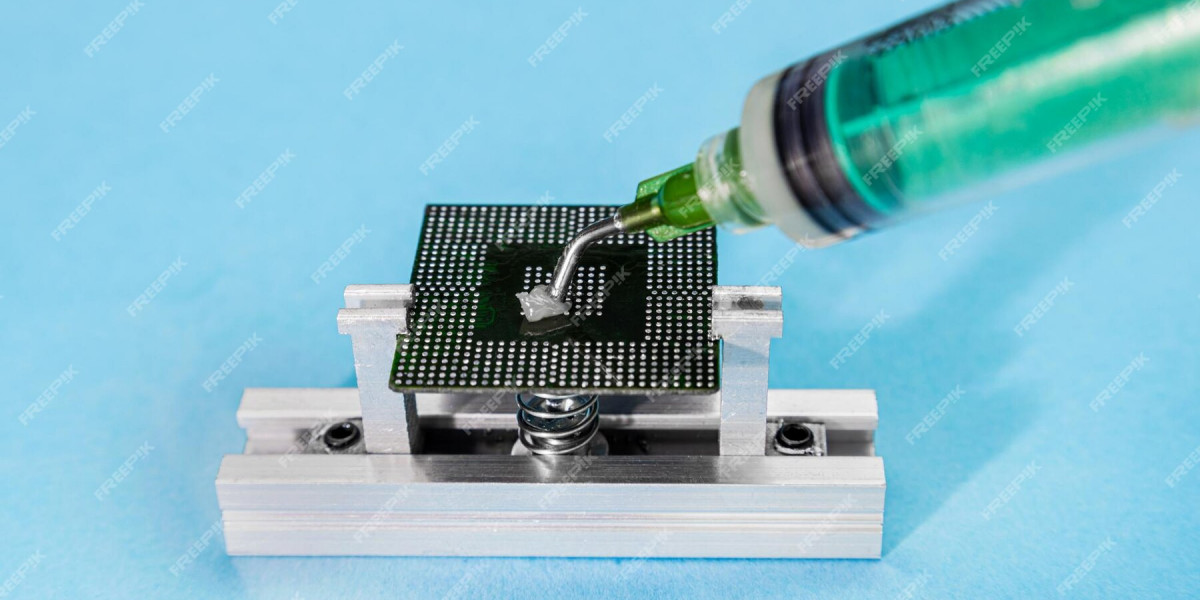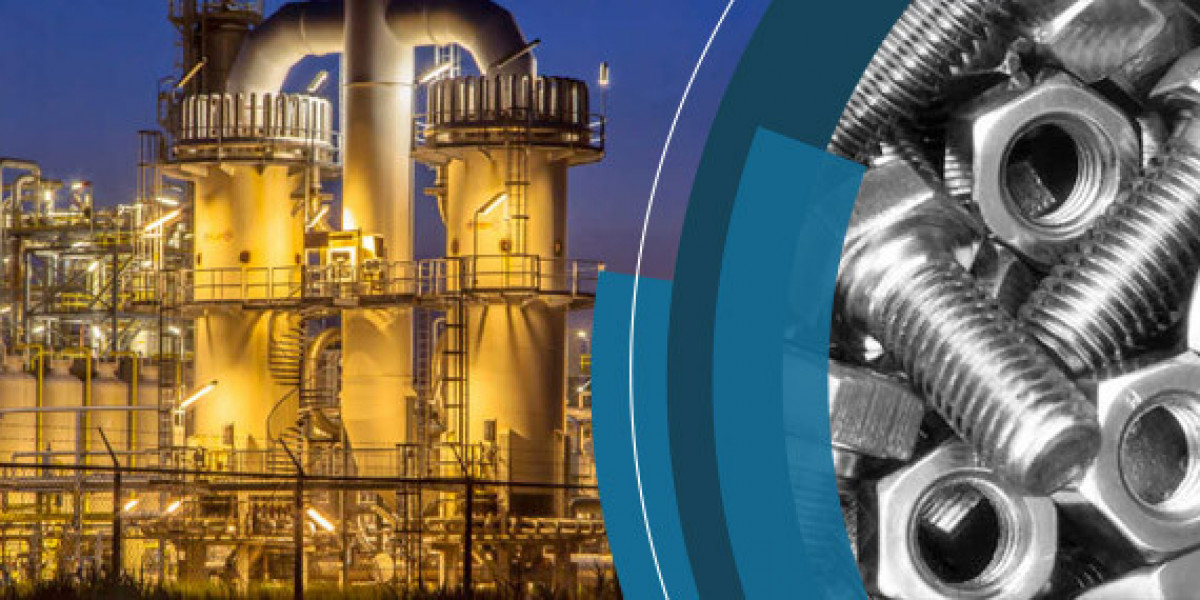Unilateral biportal endoscopy, also known as tubular retraction or endoscopic microdiscectomy, is a minimally invasive technique used for spine surgery. It utilizes two small incisions and a tubular retractor to access and operate on portions of the spine through an endoscopic visualisation system. Compared to traditional open spine surgeries, unilateral biportal endoscopy is associated with less blood loss, fewer complications, less postoperative pain and a faster recovery time for patients.
Surgical Procedure of Unilateral Biportal Endoscopy
In a Unilateral Biportal Endoscopy spine surgery, the patient is placed under general anesthesia and positioned appropriately for the part of the spine being operated on. Using fluoroscopy or navigation guidance, the surgeon first makes a 8-12mm working portal incision close to the target site. Next, a second 8-12mm incision is made several centimeters away to serve as an endoscopic camera portal.
A tubular retractor is inserted through the working portal and gently dilates the soft tissues down to the spine. This creates a working space for endoscopic instruments. Saline solution is used to distend and visualize the surgical field. Under endoscopic visualization through the camera portal, specialized discectomy instruments are used to remove herniated disc material or decompress the nerves. Bipolar cautery and rongeurs remove protruding bone or disc fragments causing pain or pressure.
For discectomy procedures, the entire nuclear pulposus is removed while preserving the annulus fibrosus. Osteophytes or ligamentum flavum may also be resected during spinal decompression surgery. Hemostasis is achieved and any bleeding vessels are cauterized. Prior to closure, a final endoscopic examination confirms there is no residual compression on the neural structures. The tubular retractor is then removed and the incisions are closed in layers with absorbable sutures.
Advantages of Unilateral Biportal Endoscopy
Some key advantages of unilateral biportal endoscopy over open back surgery include:
- Small incisions resulting in less post-operative pain and scarring compared to a large midline or paramedian incision. The 8-12mm portals heal very well.
- Less muscle and soft tissue dissection is required compared to open or multilevel microdiscectomy. This leads to less blood loss, less muscle damage and quicker recovery.
- Enhanced magnification and illumination from the endoscope provides excellent visualization of the surgical field. The endoscope can also tilt and rotate to ensure a comprehensive decompression.
- As a minimally invasive technique, unilateral biportal endoscopy is associated with less postoperative trauma to muscles and ligaments. This means faster return to daily activities for patients.
- Shorter hospital stay and less use of pain medications. Most patients can be discharged from hospital within 23 hours after surgery and return to work within 7-10 days on average.
- Lower complication rates overall compared to open back surgery. Risks of dural tears, nerve injuries, hematomas and wound infections are considerably reduced.
Clinical Evidence and Efficacy for Unilateral Biportal Endoscopy
Over the past two decades, unilateral biportal endoscopy has gained popularity worldwide for various spine pathologies like lumbar disc herniations, lateral disc protrusions and central spinal stenosis. Several randomized controlled trials and meta-analyses have demonstrated it to be just as effective as open discectomy with better short term outcomes:
- A meta-analysis of 5 randomized trials involving 400 patients found no differences in success rates between endoscopic discectomy versus open discectomy at 1 year follow-up. However, endoscopic surgery provided significantly less blood loss, shorter hospital stay and earlier return to work.
- Another meta-analysis of 14 randomized trials reported equivalent success rates for endoscopic discectomy and open discectomy at 2-year follow-up (around 90-95% for both). Surgical time was shorter but clinical outcomes were better for endoscopic surgery.
- Two large randomized trials directly comparing unilateral biportal endoscopy to open laminectomy for lumbar spinal stenosis found it to be non-inferior in improving symptoms, pain and functional status at minimum 2-year follow-up. Endoscopic decompression had less blood loss, surgical trauma and faster recovery.
Thus in experienced hands, unilateral biportal endoscopy is now established as a safe and minimally invasive alternative to treat select lumbar disc herniations, protrusions and central/lateral recess spinal stenosis. Careful patient selection based on surgical anatomy is important for achieving good outcomes. With proper surgical training, it can replace open back surgery for many spine conditions.
In the unilateral biportal endoscopy is a technically demanding but hugely beneficial minimally invasive technique for spine surgery, especially lumbar disc surgeries and decompressions. It provides magnified, illuminated visualization along with direct decompression using specialized endoscopic instruments through just two small working portals. Clinical evidence shows unilateral biportal endoscopy to be as effective as traditional open surgeries but with substantially less pain, scarring, blood loss, hospital stay and faster recovery times for patients. When performed by skilled surgeons, it offers an excellent treatment alternative for lumbar disc and spinal problems.
Get This Report in Japanese Language: 片側両側大動脈内視鏡検査
Get This Report in Korean Language: 일측 양문맥 내시경 검사
About Author:
Vaagisha brings over three years of expertise as a content editor in the market research domain. Originally a creative writer, she discovered her passion for editing, combining her flair for writing with a meticulous eye for detail. Her ability to craft and refine compelling content makes her an invaluable asset in delivering polished and engaging write-ups.
(LinkedIn: https://www.linkedin.com/in/vaagisha-singh-8080b91)










